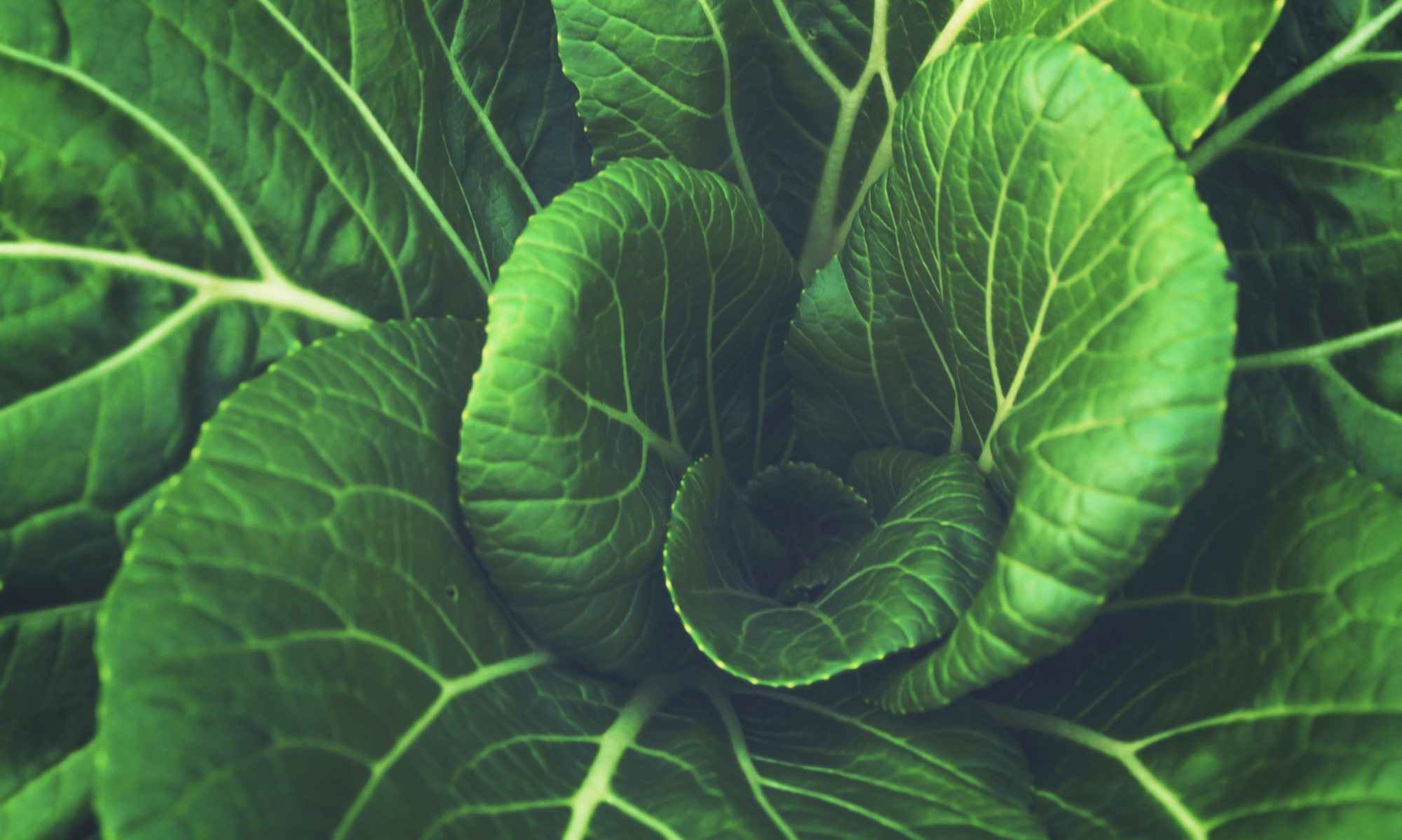Carbohydrates in Plants
Plants are in the business of making carbs. The whole purpose of photosynthesis is to convert the energy in sunlight into a usable, chemically stable, storage. This is obviously sugar, specifically glucose. Each gram of glucose contains 4 calories. However, while glucose is a great energy source, it is not very efficiently packed into small places. Therefore, plants have developed 2 different ways to store sugar as a chain (polysaccharide): starch and cellulose.
Starches
Starches are what you taste when you bite into a loaf of bread or a baked potato. Plants store starches by linking glucose molecules in a chain. This chain is formed in such a way that the bulky side of the glucose is always present on the same side of the chain, creating a spiral as the chain elongates. This is important because this spiral allows plants (and other animals) to break down the chain for energy.
If you pay attention to these foods as you chew them, you will notice they begin to taste sweet. This is because your saliva has begun to break down the macromolecule into the simpler glucose in your mouth. All grain-based foods are full of starch which can then be used to fuel the body.
Cellulose
Plants do not move. At least, they do not move horizontally at any appreciable speed. However, as a trade off, plants are very rigid. The reason plants are so solid is because of a unique feature of their cells, the cell wall. The cell wall is a solid cube of carbohydrates called cellulose that encapsulates a plant cell. Each cell is fused to its neighbors, creating a tight matrix of cells that make up the plant.
So what are these walls made up of? The answer remains the same: glucose. This may seem confusing but remember what we discussed about how the starch chains are made. In cellulose, the glucose molecules are attached so that the bulky ends are facing opposite sides (up,down,up,down…). This makes a compact, straight chain that is many times harder than starch. However, this type of carbohydrate cannot be converted to energy except by bacteria. We better know cellulose by its common name: fiber. Since it cannot be digested, fiber is often used to aid in stool formation.
Fructose?
What about the really sweet foods? I am talking about the realm of fruits, candy, chocolate, and other goodies. Well, there is one compound responsible for the allure of each of these foods: fructose. Fructose is the second simple sugar that we will discuss. While all other plant carbohydrates were made of chains of glucose, very sweet food use fructose to give them their taste.
Specifically, sweets are rich in sucrose. This is a sugar made up of one glucose attached to a fructose. Plants use these molecules to attract birds and animals so that they can eat their seeds and poop them out far away. Since fructose is many times sweeter than glucose, this is a worthy investment. The only other naturally occurring fructose is found in honey. However, ever since the Industrial Revolution, mankind has been abusing the sweetness of this molecule. This abuse will be discussed in my future post about diabetes and obesity. Unlike glucose, which can be used for energy by the entire body, fructose can only be processed in the liver and can thus reach toxic levels very quickly.



Wowee